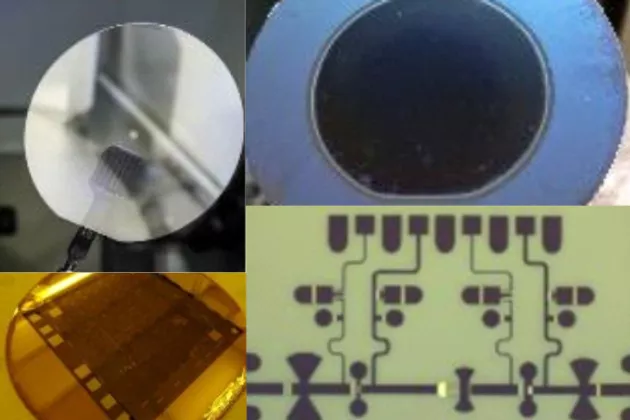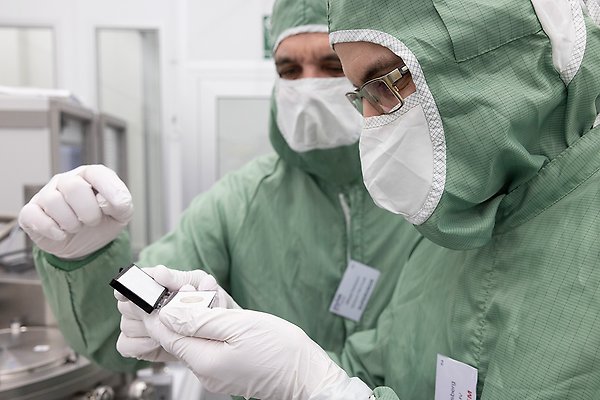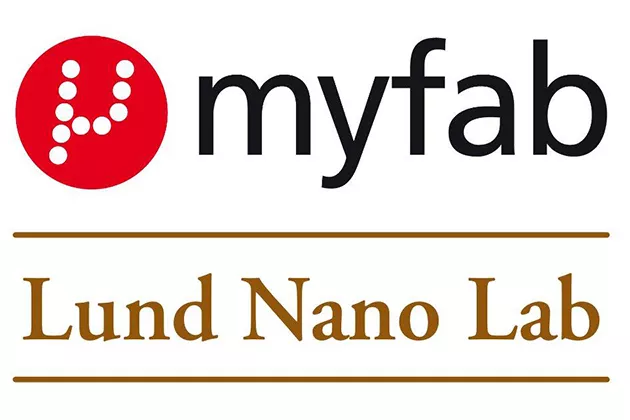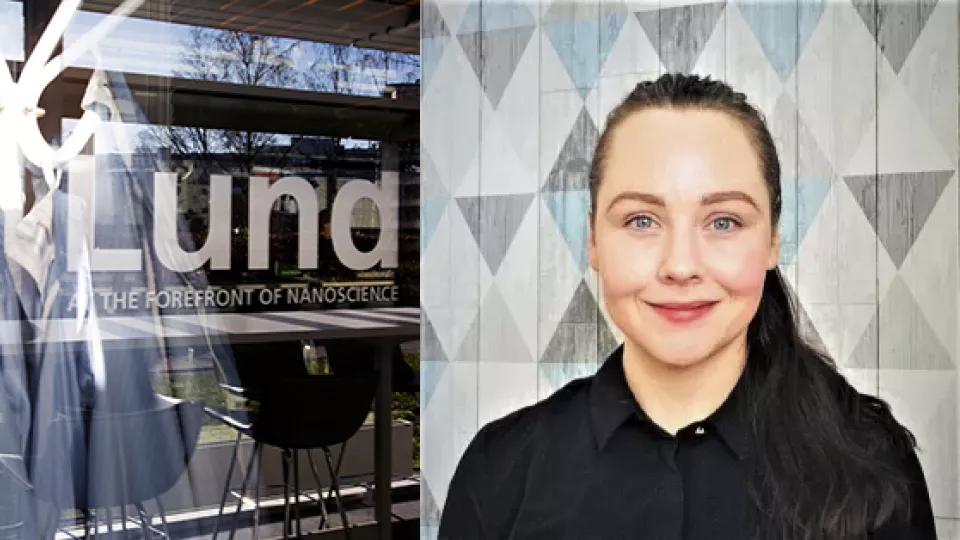
Researchers at Chalmers University of Technology have for the first time succeeded in combining two major research fields in photonics by creating a nanoobject with unique optical qualities. Since the object is a thousand times thinner than the human hair, yet very powerful, the breakthrough has great potential in the development of efficient and compact nonlinear optical devices.
“My feeling is that this discovery has a great potential,” says Professor Timur Shegai, who led the study at Chalmers.

Myfab Lund is now the very proud owner of a brand new state-of-the-art Bruker D8 Discover X-ray Diffraction System (XRD).

With only 125 kilos in weight - and as small as the size of a dishwasher - the first Arctic Weather Satellite, AWS, has successfully been launched with the mission to provide better weather forecasts for the Arctics, a region severely affected by climate change. The small satellite is equipped with a 19-channel cross-track microwave radiometer using semi-conductor technology fabricated at Chalmers University of Technology.

The potential of quantum computers is currently thwarted by a trade-off problem. Quantum systems that can carry out complex operations are less tolerant to errors and noise, while systems that are more protected against noise are harder and slower to compute with. Now a research team from Chalmers University of Technology has created a unique system that combats the dilemma, thus paving the way for longer computation time and more robust quantum computers.

Researchers at Chalmers University of Technology have discovered a way to observe a quantum force – the Casimir force – in real-time under the microscope by using a simple setup of miniscule gold flakes in a salty aqueous solution. Additionally, beautiful colours emerge from the resonances created between the aligned gold flakes, and the researchers can control the colours simply by adding or removing salt.

A group of researchers from Chalmers University of Technology in Sweden, University of Freiburg and the Netherlands Institute for Neuroscience have created an exceptionally small implant, with electrodes the size of a single neuron that can also remain intact in the body over time – a unique combination that holds promise for future vision implants for the blind.

Myfab Lund, Chalmers and KTH been invited to be part of a pilot line for Wide Bandgap materials, together with Linköping.

A specially designed diamond coronagraph can be used to search for Earth-like planets in other solar systems, such as Alpha Centauri. This summer, four diamond coronagraphs manufactured at Uppsala University will be delivered to the Extremely Large Telescope (ELT) in Chile.

Radiation from space is a challenge for quantum computers as their computation time becomes limited by cosmic rays. Researchers from Chalmers University of Technology, Sweden, and University of Waterloo in Canada are now going deep underground in the search for a solution to this problem – in a two-kilometer-deep mine.

Welcome to an information meeting about Lund Nano Lab (LNL) – what is it, what does it offer and how can you access it? We will also tell you about the plans and process of building the new Nano Lab at Science Village, a cutting-edge semiconductor nanofabrication facility near MAX IV and ESS.

Sarah McKibbin gets funding for "Greening" Myfab Lund
Optimise lab routines, minimise unnecessary consumption of lab consumables, recycle when possible, and improve user behaviour. That’s some of the improvements that can make the Lund Nano Lab greener, according to the project that Sarah McKibbin gets funding for, from the Lund University Sustainability Fund.

Compound Semiconductor Week (CSW) is the premier conference in the field of science, technology, and applications of compound semiconductors, and it will be arranged in Lund on 3–6 June 2024.